Often times when conventional medicine fails to provide much relief, a patient is compelled to see a homeopath despite his/her lack of belief or understanding homeopathy. This is my tale of two cases that demonstrate how an autoimmune disease often is amenable to treatment with a simple or not so simple homeopathic approach.
Case 1
This is a case of idiopathic thrombocytopenia (ITP) first seen in March 2006 when a 33 year old woman married for about 5 years visited me for her diagnosis of ITP. She is much too young for this ailment, as generally the median age for ITP is 56 years. Luckily, splenectomy is not a choice of first preference as otherwise it would be more challenging to get long term results with homeopathy. She has been relatively healthy except for shingles in 2001 presumably as a result of stress that she was going through around her marriage. She has been using birth control pills for the last 10 years. Her marriage outside her religion had led to a lot of friction causing her grief and sadness which she still had. As a child there was nothing much of significance but she was prone to somnambulism. She was concerned about her health and was very much into taking herbs and supplements (eleven such simple and complex herbs and supplements) and to my chagrin she wanted to explain each of them in details to me! I suggested instead she email me the list which she did – a list over 5 pages long! She gets redness of her face and feels tired when the platelets drop. She was also intolerant to eggs and mango. She had tried corticosteroids and was slated to do IV immunoglobulin (IVIG) since the steroids did not help and her platelets had dropped down to 53K and after the IVIG the readings improved to 108k. Every time she would take the IVIG the reading would go up only to come down in matter of weeks.
I started her on Ignatia LM potency followed by Ferrum met in LM and the reading stabilized and fell only to 65K three weeks after IVIG. As the platelets were not stabilizing her, the hematologist put her on Rituximab at the end of October 2006. With homeopathy, the platelets stabilized even though her hematologist said that Rituximab had failed as the count had gone down after an initial improvement. Her reading improved to reach a high of 169K in 2009 and in the meantime, despite medical advice, she decided to have a daughter in 2008 and a son in 2010.
Her platelet counts remained above 100k till after mid-2011 when she fell off homeopathy as she thought that the Rituximab she took in 2006 probably worked and the homeopathy was not really doing anything (despite her hematologist having confirmed the other option!). I occasionally would get her e-mail but she would not come in for a follow-up. Her platelet levels started falling down to 25-30Ks and she started having bruising on her skin. Around Dec 2012 she was alarmed as with 2 toddlers she was afraid to die and desperately wanted to get herself well. She was going to try Rituximab again and be consistent with homeopathy with me. I suggested that we hold off homeopathy and just wait to see if Rituximab works this time by itself, as otherwise she will never be convinced that homeopathy is working for her. She reluctantly agreed and did another treatment with Rituximab in Jan 2013 and by mid-Feb her counts which just went up to 63k dropped to 10k, when she was given prednisone to improve the platelets a bit. Her hematologist confirmed that the Rituximab again failed and this time there was no ambiguity as the readings stayed low. She promised me that she would remain consistent with homeopathy under my care.
Based on her history of chronic grief which triggered the whole episode, I advised her to start Natrum mur 30C bid and the counts improved within 2 weeks from 18k to 53k and she stopped the prednisone. In another month the counts stabilized at 90-100k reaching 131k in Dec 2013. Since her last Rituximab she has been taking Natrum mur 30c twice daily. In Nov 2016, her platelets fell to 66,000 and she got worried and wanted to schedule another Rituximab Rx but her hematologist did not concur and asked her to continue what she was doing – homeopathy. At this point I increased her Natrum mur 30C to thrice daily and the platelets again went up to 92k by Dec 2016. She remains under my homeopathic care and I have to often counsel her to rest and sleep enough as she sometimes does not get enough rest.
This is an interesting case as despite conventional treatment having failed, the individual remains well and is able to be a normal mother and has continued with her life for more than 10 years now! In fact her hematologist has watched her over the years and has confided to her that whatever she is doing seems to be working and just continue that! Yay for homeopathy!
Case II
This is a case of Systemic Lupus Erythematous (SLE), an autoimmune disease, needing more than a single homeopathic prescription due to the complex nature of the disease. SLE affects the joints, skin, kidneys, blood cells, brain, heart, and lungs and the symptoms can extend from fatigue to joint pain, rash and fever with periodic flare-ups. Conventionally, SLE is incurable and treatments are focused on improving quality of life through controlling symptoms and minimizing flare-ups. They involve use of anti-inflammatories and steroids which has long term side effects on liver and kidneys. In 2010, I was approached by the patient, a 46 yrs. old high school teacher. She had been raised in a village in Yemen till the age of 8 years and she’d had a dominating father who slighted her at every opportunity. She was initially married at age 25 yrs. which did not work out due to in-law issues and she was confirmed with SLE for the last 20 yrs. She lives in the US and is now remarried for the last 11 years and is on prednisone (12.5 mg bid) which has affected her kidneys causing proteinuria and Nephritis Membranous Glomerulonephritis W/Lesion. She also takes Cellcept (250 mg), Diovan or Valsartan/Hydrochlorothiazide (320-12.5 mg) and Enalapril maleate (10 mg). When she met me, she had been to homeopaths in France and given a host of remedies including Carbo animalis 200K, MK; Nontronite D12; Stibine D6; Cupro Cultr D3, Renine D8; Solution Ferri Surrenine and Formica D8. I am even today not familiar with the use of some of these!!
The patient is very sensitive emotionally and had tried to commit suicide at age 13 by consuming sleeping pills. She also had undergone partial hysterectomy due to fibroids and painful menses. She had a dominating father who always slighted her. She complained of the following: pain in the neck, upper extremities; spring and fall allergies; catches infections easily; gets mouths sores; protruding painless hemorrhoids; bloody stools; disturbed sleep; cramping of legs; disturbed sleep and hair loss . Had history of repeated UTIs and had fractured her left metatarsal bones. Earlier she had to wait for urine to start but this not an issue anymore. She uses a pillow in between her knees when sleeping as otherwise it bothers her back. Occasionally keeps one foot outside covers while sleeping.
I started her first on Tuberculinum marmorek 1M to be take once at night intermittently and Lyc LM 3 bid and asked her to stop all the remedies given by the French homeopaths. Within a month she was sleeping with no cramps of legs and her joint pains were ameliorated! I had to put her additionally on Serum anguillaire 12C 2-3 times a day in order to protect her kidneys from further damage. She was able to reduce her steroids to 7.5 mg bid. She continued improving on this protocol for 6 months and then during autumn, she had seasonal affective disorder and felt very depressed. Sepia 1M a dose at night for 3 consecutive nights was given and she improved on that. As she reduced further her prednisone to 5 mg bid, I also have her on Corticotropinum 200C bid for antidoting the withdrawal symptoms and adjusting to the lower prednisone dose.
By 2012, she was able to come off all her medications except prednisone which is currently down to 5 mg per day since any further withdrawal may have consequences as the body gets dependent on it. Her reports below show her stable readings except for the BUN/Creatinine ratio. She has not followed any diet restriction but generally tries to eat in a healthy manner.
05/14 07/13 03/13 01/13 10/12 05/12 08/11
Bun/creatinine ratio (6-22) 38.2 34.8 38.4 47.2 32.4 50 29.8
Urea Nitrogen (7-25) 24 22 24 29 16 28 19
Creatinine (0.5-1.05) 0.62 0.63 0.63 0.61 0.49 0.55 0.62
Albumin (3.6-5.2) 3 2.4 1.9 1.5 2.5 2.3 2.3
Total Protein (6.1-8.1) 6 5.5 4.5 3.9 5.4 5.2 5.6
Over the years she needed a few other remedies for acute exacerbating symptoms including Arsenic alb., Rananculus bulb, Lachesis, Gels, etc. Her tenure as a school teacher was very stressful under the new testing requirements. Most of the students were children of immigrant families for whom English was not the first language. Since she had worked for more than 20 years, I recommended that she pursue quitting it under disability and she did so in 2013. She continues to do well and is for the most part asymptomatic, though still positive for SLE.
In conclusion, homeopathy can help heal or at least contain chronic illnesses and alleviate symptoms and enable the individual to live a normal life for a long time. The above are just two representative cases from my practice in which I see many chronic cases.

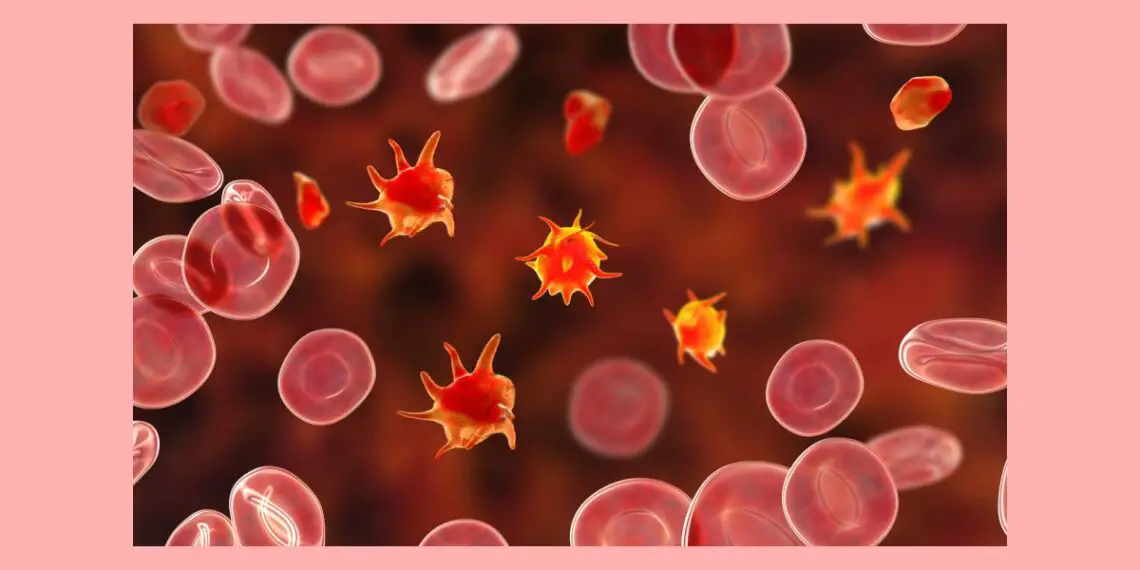
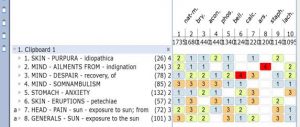
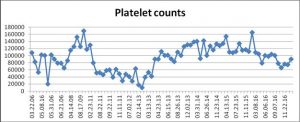
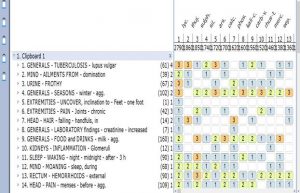
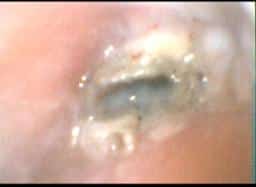
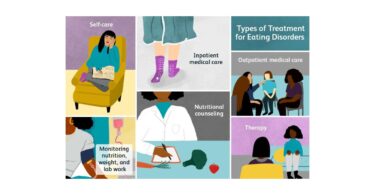
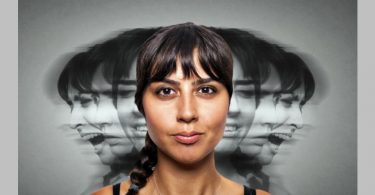
DEAR DR,
I THINK IN A CASE SO BAD THAT NO HOMEOPATHIC REMEDY CURES OR PARTIALLY CURES, WE SHOULD TAKE OUT SOME TISSUE FROM THE BODY OF THE PATIENT AND POTENTISE IT AND USE IT. IT SHOULD CURE THE PATIENT
THANKS
C S GUPTA
These are wonderfully worked cases. A fine example to all homeopaths.